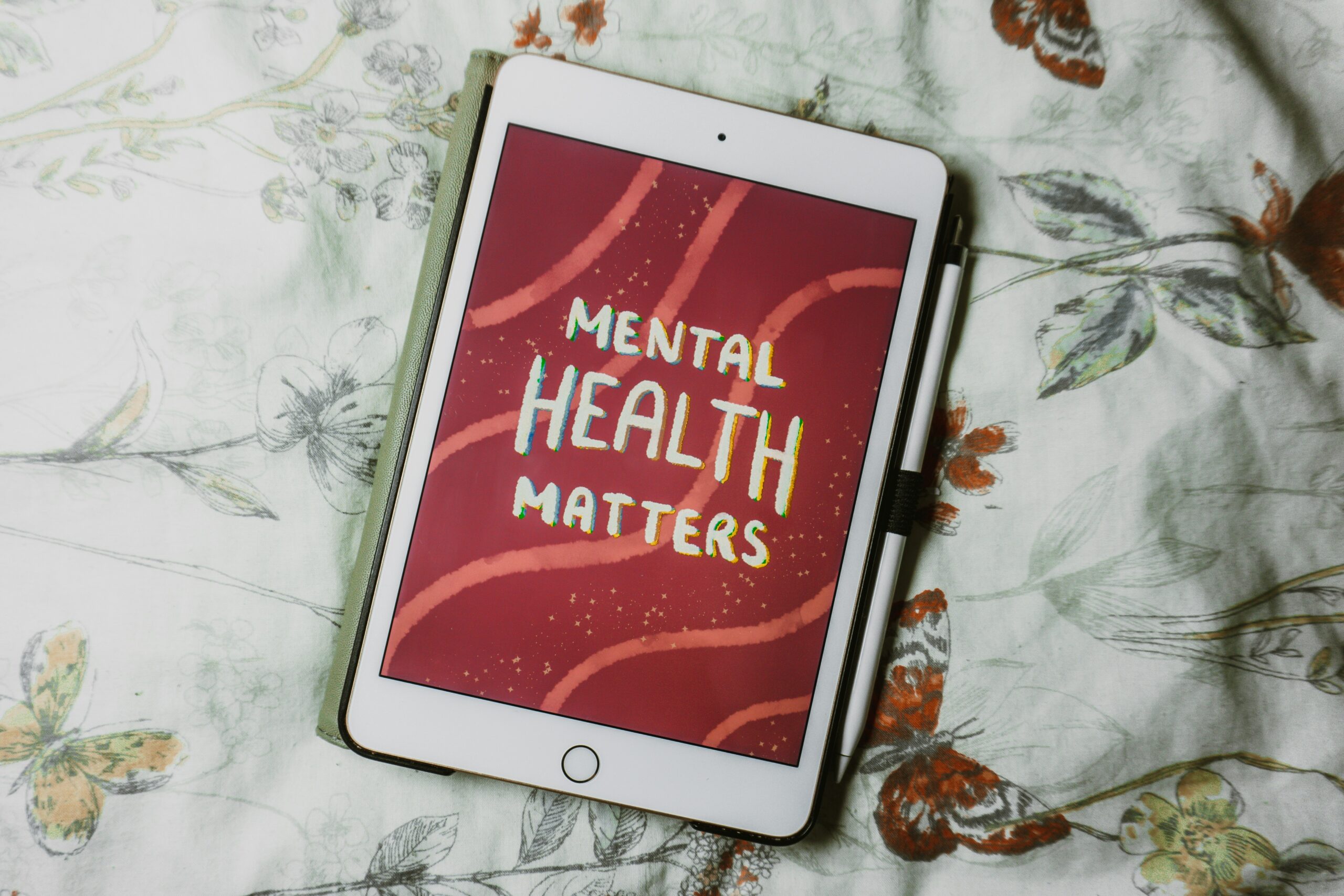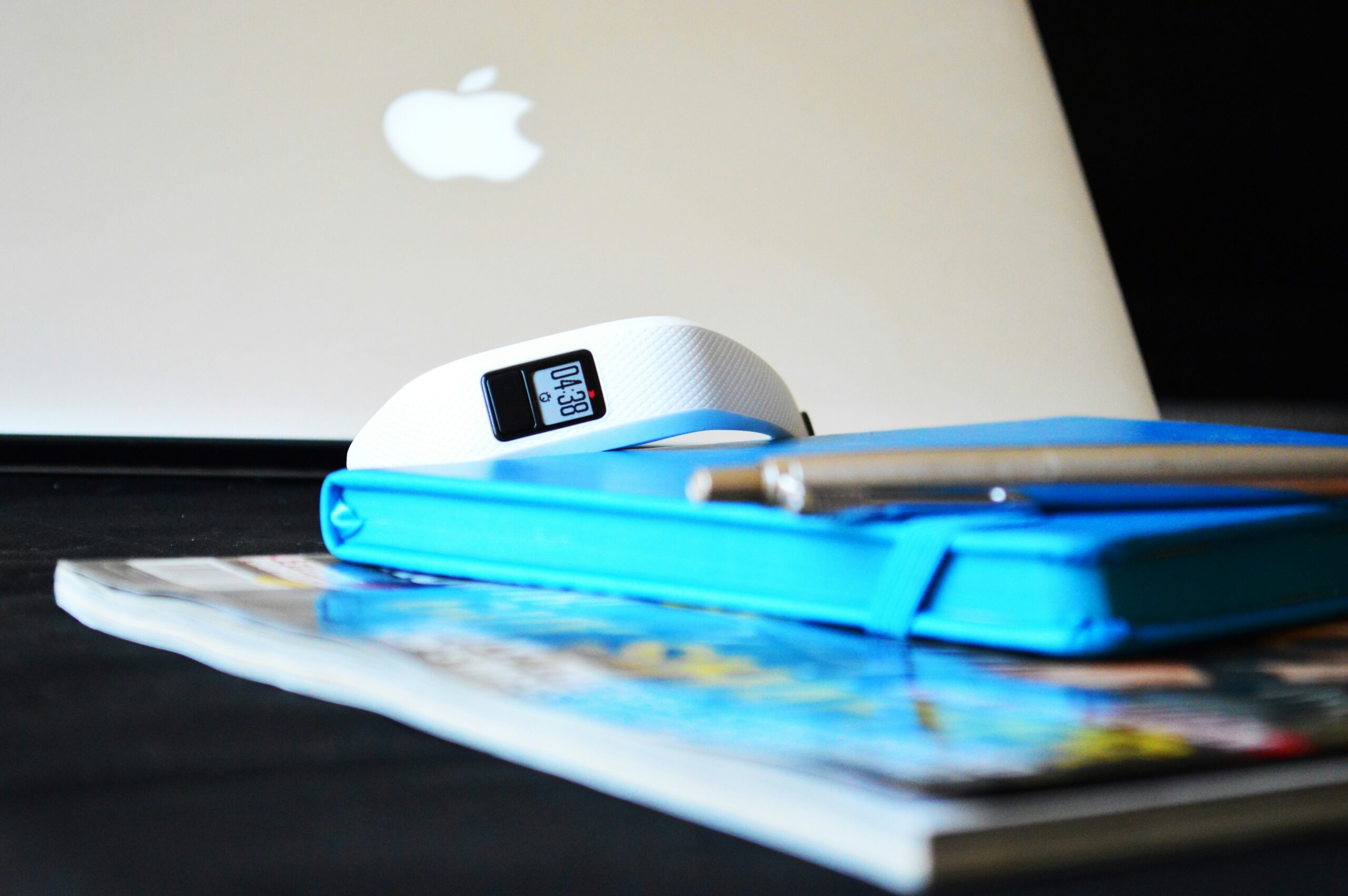In recent years, mobile health apps have revolutionized the way we approach wellness and healthcare. These apps, designed with intuitive user interfaces (UI) and user experiences (UX), have transformed the way we monitor and manage our health. With their convenience and accessibility, mobile health apps have become an integral part of our daily lives.
One of the key advantages of mobile health apps is their ability to provide personalized health information and tools at our fingertips. Whether it’s tracking our daily steps, monitoring our heart rate, or managing our sleep patterns, these apps offer a wealth of data that can help us make informed decisions about our health. By presenting this information in a user-friendly and intuitive manner, mobile health apps empower individuals to take control of their well-being.
The success of mobile health apps lies in their intuitive UI/UX design. UI refers to the visual elements and layout of the app, while UX focuses on the overall experience and usability. By combining these two aspects, mobile health apps create a seamless and enjoyable experience for users. From the moment we open the app, we are greeted with a clean and organized interface that is easy to navigate. The information is presented in a clear and concise manner, making it easy for users to understand and interpret the data.
Furthermore, mobile health apps often incorporate gamification elements to motivate users and keep them engaged. By setting goals, earning rewards, and competing with friends, these apps turn health monitoring into a fun and interactive experience. This not only encourages users to stay committed to their wellness goals but also fosters a sense of community and support.
Another significant advantage of mobile health apps is their ability to provide real-time feedback and alerts. For example, if a user’s heart rate exceeds a certain threshold, the app can send a notification to seek medical attention. This immediate feedback can be life-saving in critical situations. Mobile health apps also offer reminders for medication intake, exercise routines, and other health-related tasks, ensuring that users stay on track with their wellness journey.
Moreover, mobile health apps have opened up new avenues for telemedicine and remote patient monitoring. With the integration of video conferencing and messaging features, users can connect with healthcare professionals from the comfort of their homes. This not only saves time and money but also improves access to healthcare, especially for individuals in rural or underserved areas. Mobile health apps have become a valuable tool for both patients and healthcare providers, enabling efficient communication and remote care.
However, it is important to note that while mobile health apps have transformed the way we approach wellness, they should not replace professional medical advice or diagnosis. These apps should be seen as complementary tools that enhance our understanding of our health and support our overall well-being. It is always recommended to consult a healthcare professional for accurate diagnosis and personalized treatment plans.
In conclusion, mobile health apps with intuitive UI/UX design have revolutionized the wellness industry. By providing personalized health information, gamification elements, real-time feedback, and telemedicine features, these apps empower individuals to take control of their well-being. However, it is crucial to remember that these apps should not replace professional medical advice. Mobile health apps are here to enhance our understanding and support our journey towards a healthier lifestyle.






Leave a Reply